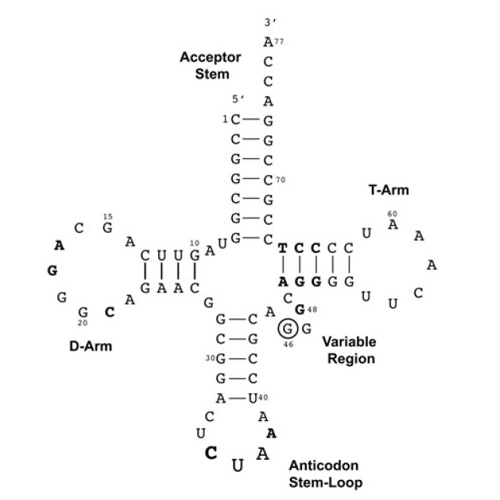Optimisation of a system for the co-translational incorporation of a keto amino acid and its application to a tumour-specific Anticalin
23-Sep-2015
Protein Engineering, Design and Selection, vol. 28 no. 12, pp. 553–565, doi: 10.1093/protein/gzv048
The bioorthogonal keto group has attracted interest for the site-specific chemical conjugation of recombinant proteins under mild conditions, e.g. with aminooxy-functionalised fluorescent probes, radiometal chelates, toxins or polymers. However, the cotranslational incorporation of the corresponding non-canonical amino acid p-acetyl-l-phenylalanine (Apa) into proteins expressed in Escherichia coli by means of amber suppression using a previously described system with a mutated tRNA and an engineered tyrosyl-tRNA synthetase from Methanococcus jannaschii shows limited efficiency and considerable promiscuity towards endogenous amino acids. Employing a one-plasmid system that encodes all three components required for selection, i.e. the modified aminoacyl-tRNA synthetase (aaRS), the cognate amber suppressor tRNA and the enhanced green fluorescent protein equipped with an amber stop codon and serving as reporter, we have generated an Apa-specific aaRS&tRNA pair with considerably improved efficiency (17-fold increased expression) and also fidelity (6-fold). To this end, both the aaRS and the tRNA were subjected to doped random mutagenesis and selection in altogether four evolutionary cycles using fluorescence-activated bacterial cell sorting as well as automated screening of microcultures. The resulting aaRS&tRNA pair was applied to the functionalisation of an Anticalin with specificity towards oncofetal fibronectin by introducing a keto group at a permissible site for subsequent conjugation with a fluorescent dye, thus allowing visualisation of this tumour target under the microscope.











